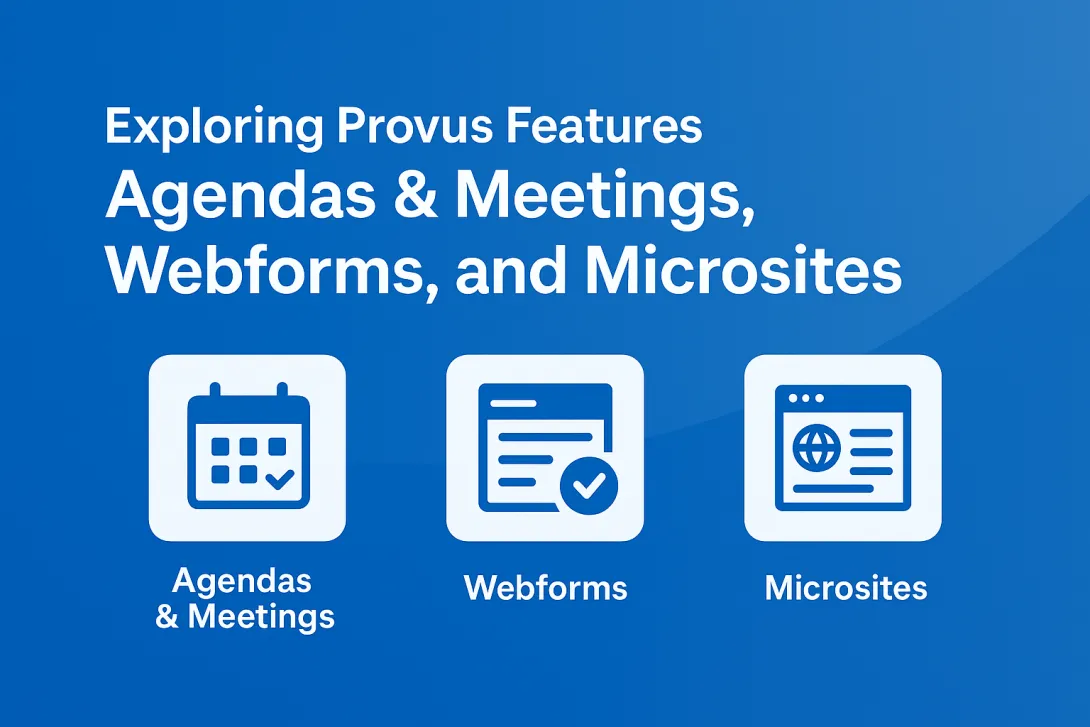The Truth about Automated Web Accessibility Testing

In a world where global positioning systems appear to have a handle on every square inch of the roads we’re traveling on, doesn’t it seem like there should be automated website accessibility testing tools that function as well as -- if not better -- than manual testing?
The fact is ... it’s complicated.
There are efficient automated testing systems that reveal important findings -- many of which you can easily access and apply to your site. But the web accessibility testing landscape is littered with offers of automated testing solutions that claim to provide fast fixes for the full spectrum of your digital assets.
You might have already received an offer based on an unsolicited test of your site, alerting you that your site is a prime candidate for a website accessibility lawsuit.
If that notification and offer does not include a comprehensive web accessibility testing checklist, it’s likely to be laden with pitfalls. One unsolicited finding, based on automated accessibility testing, does not reflect how your site is faring on all accessibility metrics.
Automated accessibility testing tools simply cannot detect every potential issue that would cause your site to be noncompliant. Nor does an automated test provide adequate information for web accessibility remediation or mitigate your legal risk.
Avoid Unintended Consequences
Too often, overlay accessibility solutions create a scenario in which one fix leads to unintended consequences in your code and results in the need for further fact-finding and fixes. Subsequent changes to your site’s UI tend to break the overlay, setting in motion a constant cycle of diagnostics and fixes.
Keep in mind that many automated ADA web accessibility testing tools are free to use and can produce relatively robust results. It might be just as easy for you to conduct this kind of test on your own and gain a cursory understanding of accessibility issues affecting your site.
Consider giving a web accessibility testing tool such as Code Sniffer a try.
Automated accessibility testing tools overlook critical information -- especially when the testing has occurred without your knowledge by someone with whom you have not had a conversation about your objectives and the full scope of your digital assets.
Get it Right the First Time
Promet serves as an ADA accessibility partner that conducts both automated and manual testing holistically from the perspective of the full spectrum of disabled users and available Assistive Technology.
We guide clients through the remediation process, actually fixing the code to conform to WCAG 2.1 guidelines. We also provide tools and resources that enable your team needs to maintain your site in conformance moving forward.
Our ADA accessibility testing tools and processes go deeper and wider than what automated testing can reveal. We explore a range of issues that require hands-on, manual testing. We look into the unique features of your site, and we take your organization’s mission into account.
During our engagement process, we start with the development of your scorecard, which reports on our analysis of your site from several different angles.
Read: Anatomy of a Web Accessibility Audit
Understand Your Options
The scorecard is not intended to serve as a thorough report or to provide formal recommendations. It functions instead as a high-level overview for purposes of starting the conversation that will help you to choose the best path.
For example, we might find that you are using a content management system that is designed to adhere to ADA accessibility requirements, but that your content developers aren't using appropriate techniques when posting.
Fixing existing content issues without understanding the reason the issues exist, simply means your site will quickly fall back into noncompliance. A simple process change might be all that’s needed to fix this situation.
Other fixes, however, might require a fundamental overhaul of your site. If your site was created on a platform that is out of sync with ADA accessibility guidelines, it might be more cost effective to rebuild rather than to launch a series of workarounds.
As experts in this field, we are clear on the fact that quick fixes, which sound too good to be true, usually are. Our objective is to create real accessibility solutions that enable you to move forward with the confidence that your site is accessible to all people with or without disabilities and that you reduce your risk of being faced with a lawsuit due to noncompliance.
Leverage Expertise
The decision process associated with web accessibility remediation can feel overwhelming. It is outside of the core competency of most organizations. That's why it’s important to work with a trusted web accessibility consultant.
The scorecard that we offer as part of your remediation process serves as a critical starting point for helping others in your organization to get an overview of your site's noncompliance and the level of effort that will be involved in the remediation.
We find that when all stakeholders have an understanding of the process and are vested in the importance of doing the right thing, remediation comes into focus.
We are happy to review with you any emails concerning noncompliance that you may have gotten by surprise -- or any unsolicited emails full of dire warnings about a potential lawsuit.
As a leading expert on web accessibility testing tools, we’ve witnessed untold versions of quick fixes that have given rise to a whole host of complications. If you are looking to get it right the first time with the added benefit of value-added solutions, contact us today.
Get our newsletter
Get weekly Drupal and AI technology advancement news, pro tips, ideas, insights, and more.



